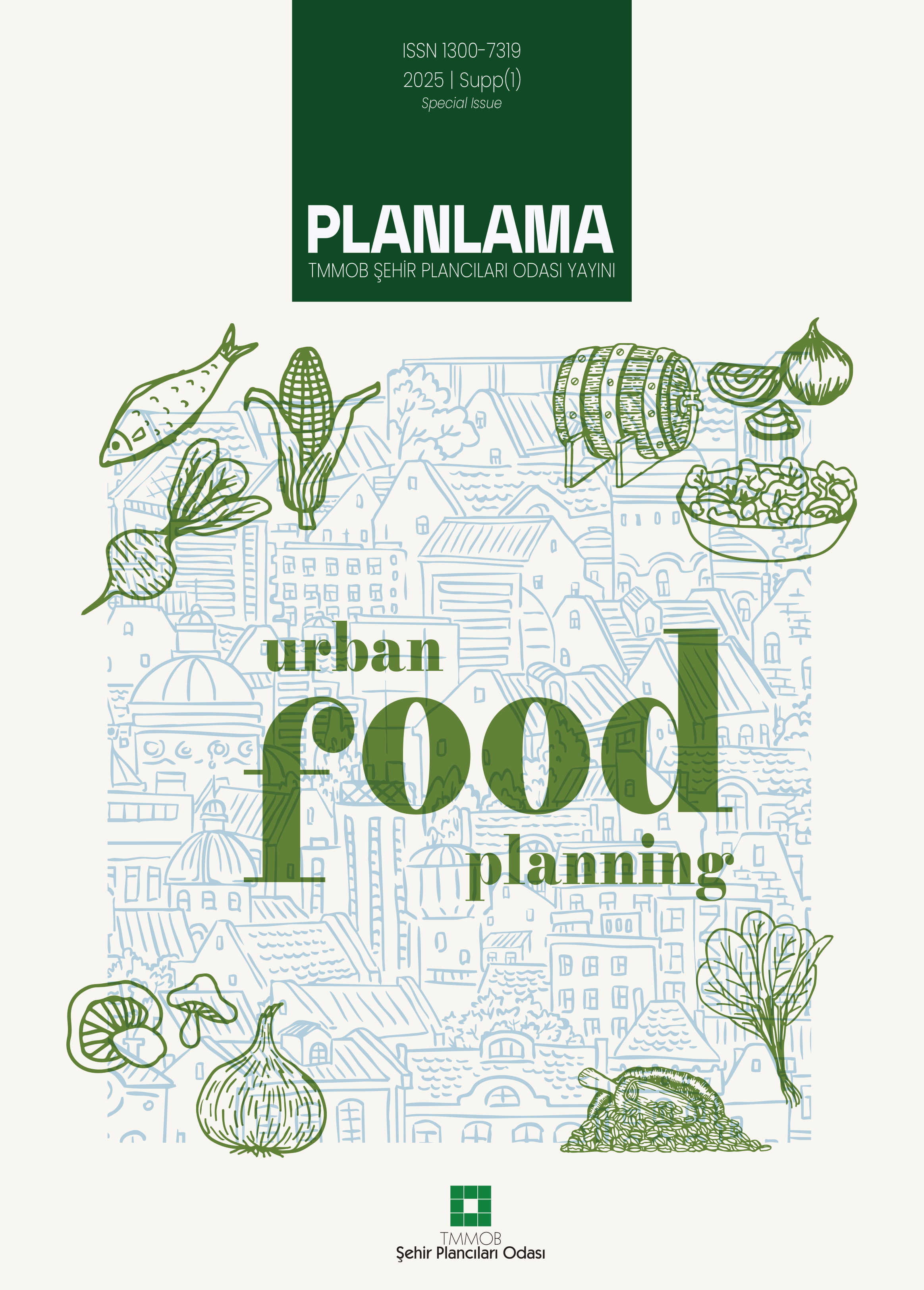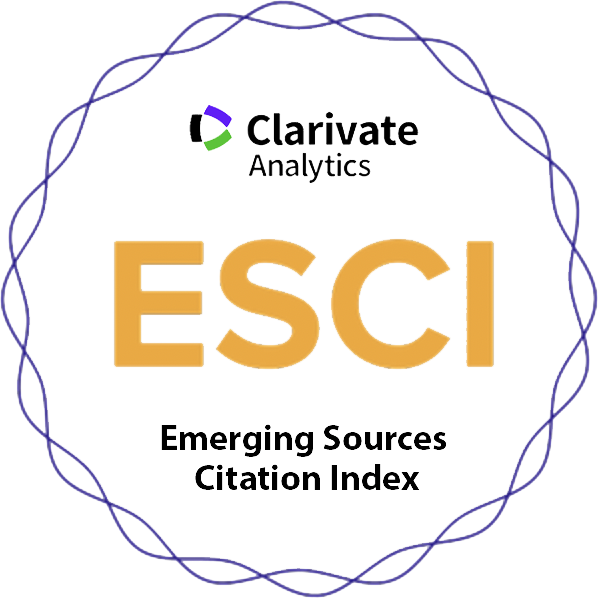Seka Kağıt Fabrikası Endüstriyel Mirasın Dijital Yöntemlerle Aktarılması
Üftade Muşkara, Oylum TunçelliKocaeli Üniversitesi, Güzel Sanatlar Fakültesi Kültür Varlıklarını Koruma ve Onarım Bölümü, Fotoğraf Bölümü, KocaeliGünümüzde endüstriyel arkeoloji ve endüstriyel miras kavramları konusunda yapılan akademik çalışmaların sayısı artmaktadır. Bunun bir nedeni kültürel mirasa konu olan araştırmaların akademik çatısının genişlemesi ve farklı uzmanlık alanlarının konuya dahil olmasıdır. Nizhny Tagil Tüzüğü (2003) ile endüstriyel miras Tarihsel, teknolojik, sosyolojik, mimari ya da bilimsel değeri olan endüstriyel kültürün maddi kalıntıları olarak tanımlanmaktadır. Fakat, endüstriyel miras aynı zamanda somut olmayan kültürel miras formunu da taşımaktadır. Bu durumun ülkemizdeki yansımalarını özellikle ilk sanayileşme dönemi ile ilişkilendirebiliriz. Türkiye Cumhuriyetinin endüstriyel gelişiminin ürünleri olan fabrikalar, aynı zamanda ülkedeki büyük sosyal ve kültürel değişimin göstergeleri olarak da önem kazanmaktadır. Fabrika ve yerleşkelerindeki sosyal hayat, değişiminin yerel ölçekte temsilidir. Bu nedenle terk edilmiş endüstriyel alanların korunması ve yeniden işlevlendirilmesi, endüstriyel alanın tüm katmanlarını yansıtacak şekilde bütüncül yaklaşımları gerektirmektedir. Araştırma dijital yöntemlerin, endüstriyel miras alanında kullanıcı/ziyaretçi ve kentteki paydaşlara aktarılmasındaki kullanılabilirliğini Seka Kağıt Müzesi kapsamında değerlendirmektedir.
Anahtar Kelimeler: Arttırılmış gerçeklik, dijital görüntü; endüstriyel miras; Seka Kağıt Müzesi; sergileme.Digital Representation of Seka Paper Mills Industrial Heritage
Üftade Muşkara, Oylum TunçelliKocaeli University, Faculty of Fine Arts, Department of Conservation and Restoration of Cultural Heritage, Department of Photography, KocaeliIndustrial heritage today is being taken even more seriously by academes. It is due to the instituting of heritage studies across humanities, social sciences and natural sciences and developments in contemporary archaeology. Industrial heritage is broadly defined by many specialists after Nizhny Tagil Charter (2003) as consisting of the remains of industrial culture which are of historical, technological, social, architectural or scientific value. Meantime, industrial heritage comprises more then just material culture, but also valuable intangible forms of heritage. In the case of factories as the products of early industrial developments in Turkish Republic during 20s and 50s, they provide us important insights about the structural alteration in culture and social life in the region. Lives in factories and their campus areas were the representation of transforming identities of young republic. Therefore, preserving and conserving of such sites should consider not just the building itself but tangible and intangible heritages values together. Temporal layers including the time when the factory was still active, when it was abandoned and spatial layers including living and working quarters of industrial sites should be equally transmitted to various targets groups. This project considers how digital visualization contributes to perception of visitors with maintaining cultural mediation in SEKA Paper Museum situated former pulp and paper mill in Kocaeli district.
Keywords: augmented reality, digital visualization; industrail heritage; Seka Paper Museum; exhibition.Makale Dili: Türkçe














